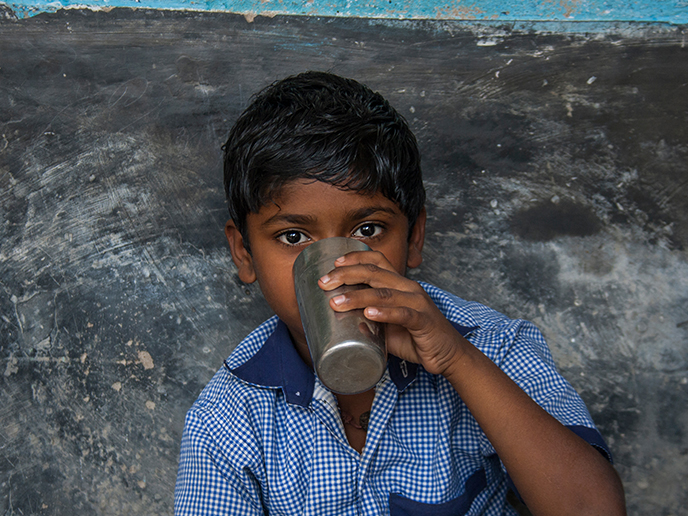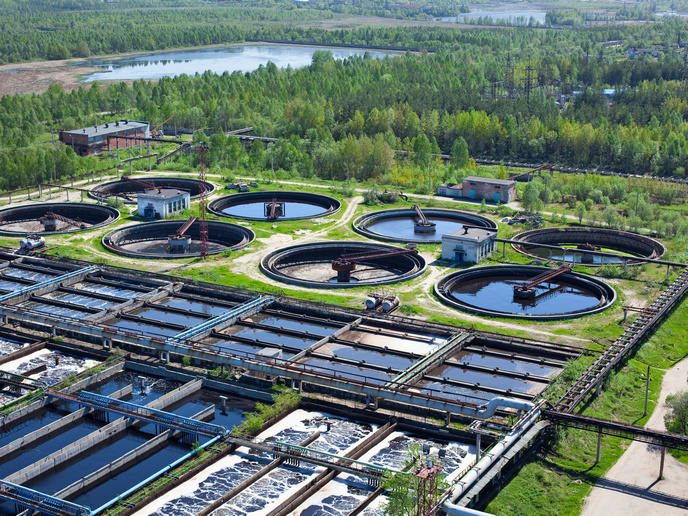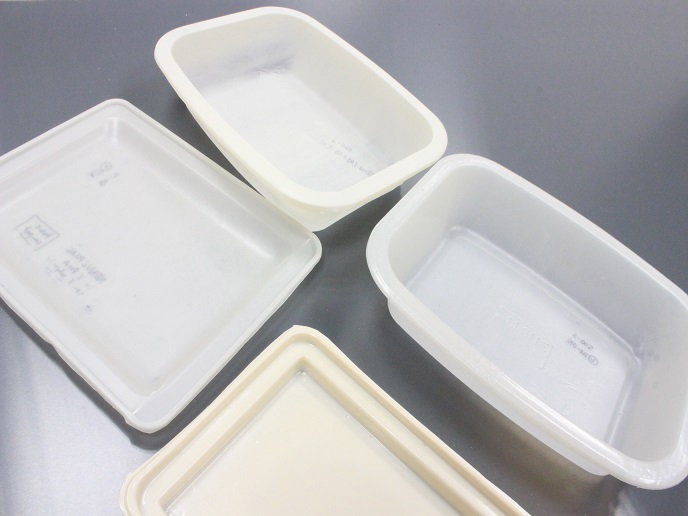Advanced textiles for seaweed cultivation
Seaweeds, or macroalgae, are a highly promising biomass source for our future supply of food and feed (additives), biomaterials and bioenergy, as it is fast-growing and does not take up space on land. The EU-funded AT~SEA (Advanced textiles for open sea biomass cultivation) initiative aimed to develop advanced textiles to demonstrate open-sea cultivation of macroalgae for biomass production. AT~SEA started by studying the demands of open-sea cultivation, such as location, wave force and currents, and used the findings to determine the requirements for the project. Various textiles were developed and trialled in laboratory, in tanks and at sea. These textiles included a wide variety of 2D textile materials as cultivation substrates, 1D textiles for cables and connections, and coated textiles for flotation tubes and seaweed storage tanks. Researchers studied and tested onto which textiles juvenile seaweeds prefer to settle. During the first project year they tested a variety of 1 m2 textiles. In the second project year they optimized the chemical and macroscopical properties and tested a second set of textiles at sea. In the final project year the two most promising textiles were applied in a demonstration set-up in Ireland, Norway and Scotland. Several prototype buoys and storage tanks made from different coated textiles were also tested at sea for a 14-month period, and showed no signs of degradation. The various textiles and designs were incorporated into an open-sea demonstration system comprising growing beds, buoys, storage and transport tanks, and a mooring system. The findings of the project's demonstration phase led to the creation of a joint venture named AT~SEA Technologies, which will further exploit the project results. The AT~SEA system has the potential to revolutionise the cultivation of macroalgae, and the biomass industry in general.
Keywords
Advanced textiles, seaweed, aquatic biomass, macroalgae, AT~SEA







